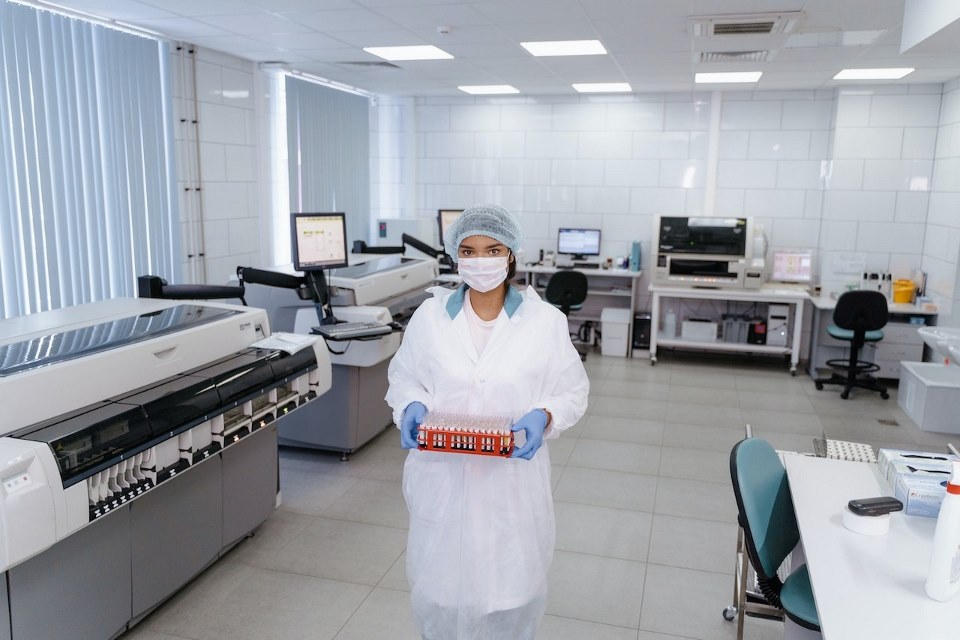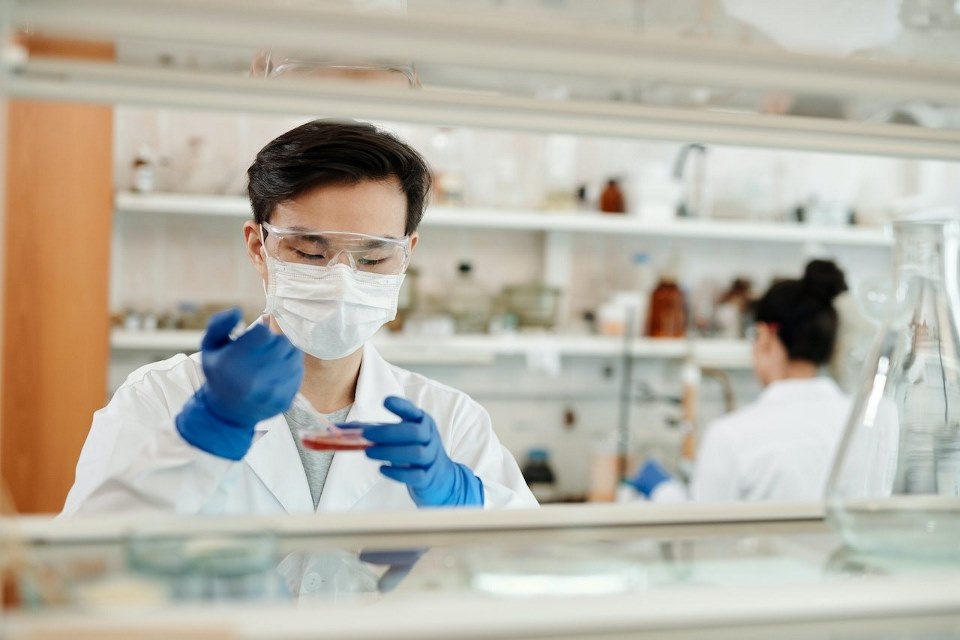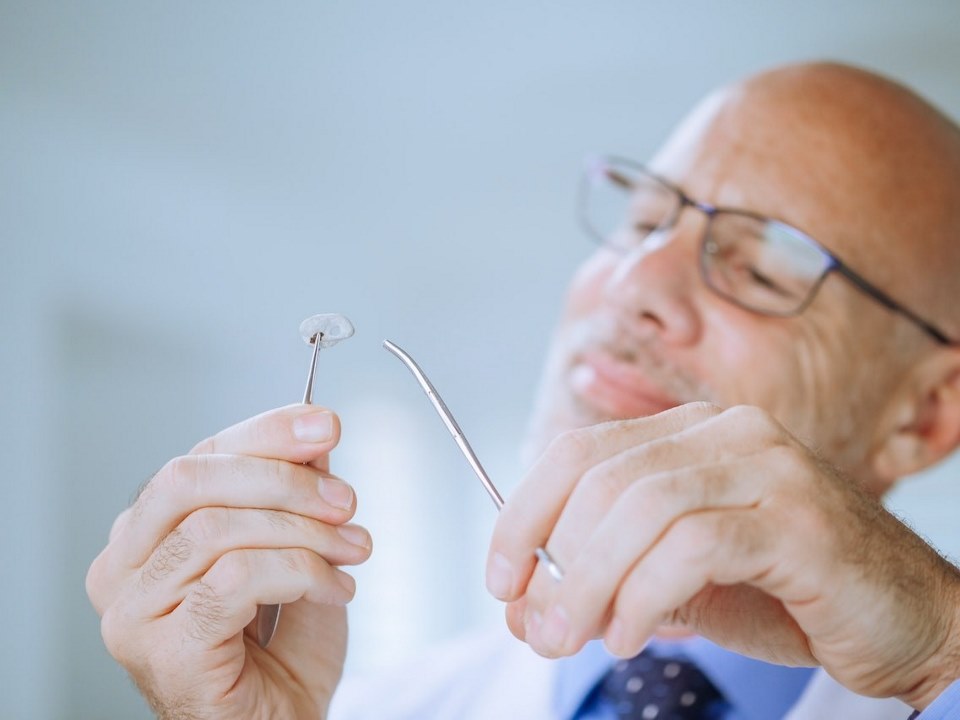A Guide to Antibody Reproducibility For Your Research
Jul 24th 2023
Antibody manufacturing for scientific and medical purposes goes back several years. While there is little doubt that antibody use has dramatically advanced our grasp of biology's fundamentals, it has also been cited as a significant contributor to the low reliability of many biological investigations.
For some labs, it's easy to overlook the importance of using high-quality lab chemicals amidst the hustle and bustle of lab timers, PowerPoint slides, and grant submission deadlines.
Even though there are many cases of how this could go wrong, many labs don't check the authenticity of their antibodies. It’s abundantly evident that using unvalidated reagents and cell lines in preliminary experiments might be detrimental to one's professional career.
Fortunately, this guide to antibody reproducibility provides the why and how to use small but impactful steps to reduce risks associated with antibody use to reach the desired standards.
Understanding Reproducibility For Antibodies
Since antibodies are a byproduct of the mammalian immune system, they frequently have flaws. This flaw often affects how they're specific, selective, and repeatable. The research community faces a significant challenge because of the need for uncharacterized antibodies and restricted access to application data.
While it is true that some suppliers intentionally provide mislabeled antibodies, an increasing number of scientists are putting their research's quality and antibody reproducibility at risk by ignoring the necessity of providing such data.
Before beginning their studies, researchers should evaluate each antibody to protect both their studies and careers, regardless of the supplier of the antibodies. This strategy lessens the likelihood of wasting valuable samples while simultaneously boosting confidence in the experiment's ability to be reproduced.
Incorrect storage conditions or unforeseen complexities of the biological target may be to blame for the deficiency of custom antibody specificity and selectivity; nevertheless, an antibody's binding qualities may also be attributable to several issues connected to its manufacture and purification.
Therefore, these antibodies have single-epitope specificity because they are generated by a single B cell.
Antibody production requires the administration of an antigen to a host animal. Polyclonal antibodies are seen in the host's serum because several B cells have raised antibodies against the antigen, each recognizing a slightly different epitope.
On the other hand, manufacturing a monoclonal antibody requires the removal of individual B cells from the host, followed by the fusion of those cells, one at a time, with immortalized myeloma cells. Therefore, these antibodies have single-epitope specificity because they are generated by a single B cell.
The binding affinity of monoclonal antibodies can be drastically decreased by even a little shift in the structure of the epitope.
However, the technique employed to purify the antibody could affect its specificity. For instance, when you use Protein A or Protein G for purification, you get a less consistent result than immunogen affinity. You should also anticipate that the antibody you get may differ from one batch to the next, especially if it is polyclonal.
Steps to Reproducibility

Photo by
Selecting a reliable antibody seller is the most crucial step researchers can take toward ensuring the procurement of a high-quality antibody. The accessibility of specification sheets and other paperwork that describe the qualities of the antibody and how it is manufactured can be used to gauge a vendor's dependability.
Additionally, one should pay particular attention to this kind of data when examining a catalog from a relatively unestablished seller that advertises a lot of specialized antibodies that well-known vendors do not offer.
Key Questions to Ask When Choosing an Antibody Vendor
Before acquiring an antibody from antibody sequencing services, asking them a few straightforward questions to discern credible vendors is helpful. A trustworthy recombinant antibody service will have no problem answering the following questions:
Testing For High-quality Antibodies

Photo by
Since there are numerous tests and applications that call for high-quality antibodies, many manufacturers offer application validation data produced by other researchers or third parties. Sharing information and suggested titers with these stakeholders improve the antibody's chances of being used effectively.
The international working group on antibody validation called Human Protein Organization (HUPO) came up with the Human Antibody Initiative (HAI), which generated the Antibodypedia catalog of validated antibodies against human proteins, making it one of the most comprehensive sources of information available.
Additionally, confirmatory tests are required since inferring an antibody's specificity, selectivity, or repeatability is impossible only on the vendor specifications or data provided by a third party. Even the most trustworthy suppliers cannot take responsibility for data integrity being compromised during shipping or processing in the laboratory.
Although data based on evaluations or applications are readily available, no rules are universally applicable to the community.
Protecting the validity of experimental results necessitates validating antibodies through appropriate techniques upon receipt and periodically throughout their time in the lab.
Although data based on evaluations or applications are readily available, no rules are universally applicable to the community. A proposal to establish criteria for validating antibodies and additional protein affinity reagents was released by community members within the framework of the Proteomic Standards Initiative led by HUPO.
The suggested Minimum Information About A Protein Affinity Reagent ( MIAPAR) outlines a product information checklist that can be utilized by multiple producers, vendors, quality control labs, consumers, and databases. This list makes it easier to compare affinity chemicals and choose the one that will work best for the task.
Methods for Assessing Antibodies
The Western blot is the most straightforward method for testing a novel antibody. Testing the antibody in the desired assay is necessary before using it, whether ELISA kits, immunohistochemistry, immunoprecipitation, or something else.
The clonality of the antibody will determine how frequently the antibody needs to be evaluated. Because of their superior specificity and reproducibility, monoclonal antibodies may only need to be tested before they are used for the first time. Due to the larger batch-to-batch fluctuation of polyclonal antibodies, each material lot must be scrutinized.
If a new batch of material doesn't work as well as a previous batch, first check with the seller to see if they made any minor adjustments, like changing the order of the immunogens, and if you need technical help.
1. Western Blot
Use a range of positive and negative cell lines expressing different amounts of the target protein in Western blots. Without suitable cell lines, it is possible to construct positive and negative controls by transfecting the protein of interest into cells that do not usually express it.
It is vital to look at the end blot to see if there is more than one band.
Typically, a monoclonal antibody and a purified polyclonal antibody should generate a single band for the target protein. But sometimes, these antibodies will make more than one lighter band and the band of interest. Check these bands against the complete western blot image provided by the supplier. If the band of interest isn't at different concentrations, talk to the seller or discard the antibody.
The presence of a pattern of bands does not necessarily imply that the antibody in question is defective; instead, it can suggest that the protein of interest is produced in many isoforms or goes through post-translational changes that interact with the antibody. Both of these scenarios are possible.
Many lower molecular weight bands may also indicate degradation of the cell lysate. Multiple bands may suggest a monoclonal or highly specific antibody for applications that demand greater sensitivity.
The typical duration of Western Blots is 4 hours, whiles the price range is around $100-$400
2. Capillary Electrophoresis and Mass Spectrometry
Analyzing the structural composition of a monoclonal antibody by combining liquid chromatography and mass spectrometry detection (also known as LC-MS) is a method that is useful in situations in which precise characterization is required for specific applications (for example, the validation of biomarkers or the development of therapeutics).
Techniques related to peptide synthesis like peptide mapping, and others like sub-unit mapping, N-terminal sequencing, and glycan profiling are some examples of methods that can be used to investigate aspects of a protein's structure, including its molecular weight, amino acid sequence, post-translational and other changes, carbohydrate structure, and disulfide connections.
Methods that use capillary electrophoresis can also give information about an antibody preparation's pureness, molecular weight, isoelectric point, and charge variation.
These methods are typically unnecessary for the standard type of research.
Most service providers take between 14 and 21 days, with average costs ranging from $1,500 to $3,000.
Antibody Storage and Application Guidelines

Photo by
Antibodies can lose a lot of their effectiveness over time when stored incorrectly. The following best practices, in addition to those recommended by the supplier, help to ensure that antibodies work to their full potential and remain stable over time.
Storage
When storing antibodies for a long time, it is essential to divide them into smaller amounts (for example, multiple aliquots) to prevent contamination and reduce the number of freeze-thaw cycles. Certain antibody compositions may withstand multiple freezing and thawing cycles if they contain glycerol, BSA, or other protein stabilizers; however, needless temperature fluctuations should be avoided wherever possible.
Antibodies shouldn't be kept in "frost-free" refrigerators.
If the solution gets a little cloudy after long-term storage, you can clear it up by centrifuging it before you use it.
Antibodies can be kept at 2–8 degrees Celsius for up to one month, allowing ongoing use.
Keep an eye on the freezer's temperature and keep a temperature log. You can set up an alert to go off whenever the temperature exceeds or falls below predetermined parameters.
When working with antibodies or preserving them, using tubes with a limited binding capacity will help optimize the number of samples that can be recovered.
Antibody vials should be documented in a lab notebook with details such as the opening date, lot/batch number, product number, expiration date, aliquot labels, and additional notes. Any questions or misunderstandings that may arise in the future can only be resolved with this information.
Usage
Conclusion
Antibodies obtained through commercial research are essential for contemporary cell biology and biochemistry. In the United States, approximately $2 billion is invested in them each year; nevertheless, many of them do not appear suitable for their intended use, which could lead to the so-called "reproducibility crisis" in the field of biological sciences.
The scientific community and individual researchers have paid a heavy price for poor antibody validation and characterization, a lack of user education, and the occasional negligence of vendors.
Stay on the safer side by choosing a recombinant antibody production service that covers all the basics and specifics mentioned above. Even better, if these antibody sequencing companies also offer custom gene synthesis, and custom protein synthesis, among others. Reach out to us to get your antibody project evaluated and set up.

